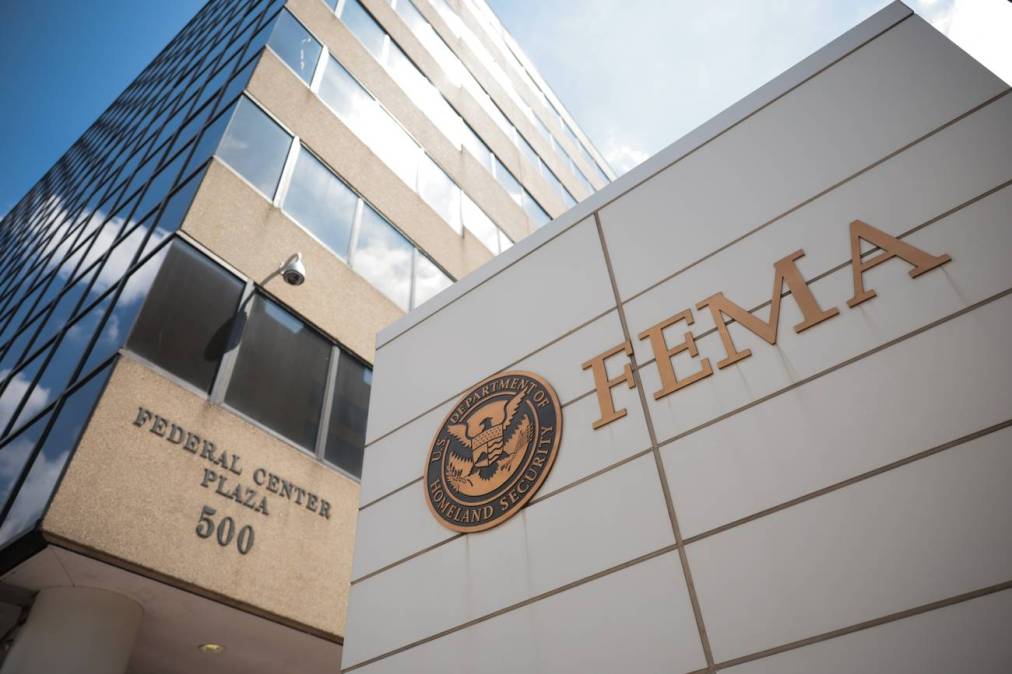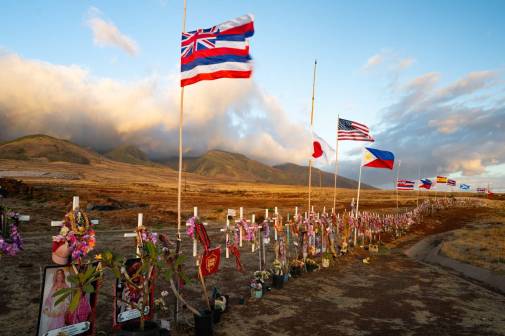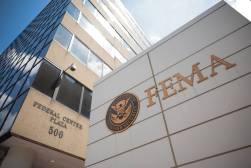FEMA grant changes may make disaster preparedness harder for smaller states

Last week, the Federal Emergency Management Agency opened nearly $1 billion in grant funding to help states prepare for disasters like fires, floods, tornadoes, earthquakes and hurricanes, as well as incidents like terrorist attacks and massive cyber disruptions. But at least one analyst worries that the grants, which emphasize more state responsibility, could mark an unhelpful change to how the federal agency intends to operate when states experience disasters, as it scales back reimbursements and resources in favor of leaving states to look after themselves.
“FEMA is shifting from bloated, D.C.-centric dead weight to a lean, deployable disaster force that empowers states to provide relief for their citizens,” David Richardson, FEMA’s acting administrator, said in a press release. “Through these funding opportunities, we are enabling all of our partners especially state, local, tribal and territorial governments to plan for and manage their own disaster response and recovery.”
Jeffrey Schlegelmilch, director of Columbia University’s National Center for Disaster Preparedness, said that though FEMA acts only as a third or fourth responder during disasters, many states have grown dependent on the agency’s support in times of crisis and may have difficulty under the new directive.
“In the most generous scenario, these changes [that] are designed to make the agency stronger are creating trauma in the short term, making it slower to respond or more difficult to respond,” said Schlegelmilch, an associate professor at the Columbia Climate School. “But it also puts states in a very difficult position where the rules have suddenly changed and they haven’t had a chance to prepare for that.”
Schlegelmilch said several recent administrations have attempted to reduce bureaucracy in FEMA, but that there hasn’t been much emphasis on incentivizing states to invest in their own disaster preparedness. Emergency spending is often done reactively, with FEMA reimbursing states for up to 75% of their costs after they approve a state of emergency declarations.
“If … you’ll be eligible for hazard mitigation funding, why would you spend all this money when you can just get it back on the back end and use [it] on something else in the meantime?” Schlegelmilch said. “I think that there has been a growing consensus that states need to spend more on preparedness, that the federal government was creating a moral hazard through these reimbursements.”
According to a March report by the Pew Charitable Trusts, states are often unprepared for the fiscal impact of natural disasters. The report also found that states don’t track disaster spending well, nor adjust their budgets to keep up with increasing disaster risks and aren’t putting enough money towards preventing future damage.
In 2018, during Donald Trump’s first presidency, Congress established the Building Resilient Infrastructure and Communities program, which provides funding to help communities reduce disaster risks before they occur. It supports projects like flood control systems, wildfire prevention, and upgrades to building codes and utility infrastructure. The Biden administration expanded the program to include environmental sustainability efforts, which Trump now seeks to undo.
“The Biden administration layered in their priorities, which of course, included climate change and equity. So that was seized upon by the Trump administration to sort of pull it now that program still exists,” Schlegelmilch explained.
FEMA announced in April that, this year, it would not allocate $750 million of the grant program, pending a broader evaluation of the agency’s priorities. The announcement came one month after Trump issued an executive order that signaled a shift in focus toward state and local responsibility for disaster preparedness.
A federal judge issued a temporary injunction last week preventing reallocation of BRIC funds, during consideration of a lawsuit filed by a coalition of 20 states challenging the termination of the program. The funds are currently frozen and cannot be used for purposes outside of the BRIC program while the legal proceedings unfold.
Schlegelmilch said that the BRIC program created an opportunity for states to offset some of the response and recovery costs, and without it, smaller states may not be able to keep up with the rising frequency of billion-dollar disasters.
“You have some states — Florida, Texas, New York, California — that are massive economies,” Schlegelmilch said. “They have a lot of people, but they also have more resources to be able to draw upon in order to do this and to budget for this. You also have smaller rural states, or states that are geographically small, like Rhode Island, rural states like Mississippi, that are just going to be inherently limited in terms of the money and these billion dollar disasters would bankrupt their budget and some of these programs.”
The changes also arrive as FEMA absorbs some staffing cuts. The agency, which has more 17,000 employees, has lost at least 200 staff members this year. Schlegelmilch said those cuts will reduce the agency’s responsiveness.
“FEMA is a massive bureaucracy. It’s about moving money through programs to states and meeting compliance, and they’re very complicated,” he said. “And when you pull the people who know about all that, when you change sort of the landscape, everyone’s kind of scrambling to figure out how to do it.”






